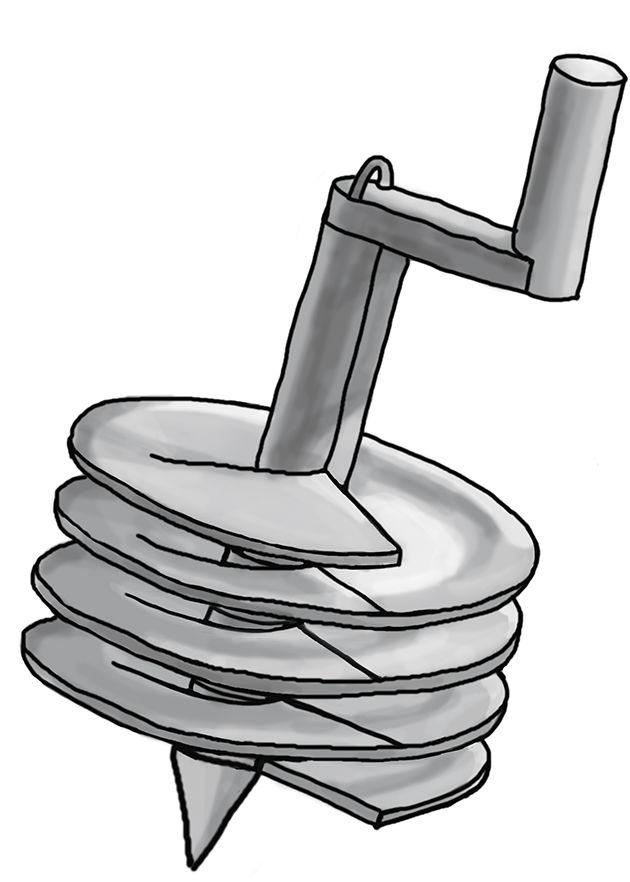The next generation of scientists interested in space exploration — including a few from Texas A&M — will compete in June against colleges around the country to come up with a potential solution to current space exploration challenges.
Micro-g NExT, a competition hosted by NASA, challenges participants to design and test a potential solution to a current challenge in space exploration, either in the form of a tool or device. This year, teams from universities around the country will design and build tools to be tested at the Neutral Buoyancy Lab at the Johnson Space Center. A&M’s team consists of three freshmen, two sophomores and two seniors who are designing an anchor intended to attach to an asteroid in order to study the chemical components, which may lead to answers about the early solar system.
Nicholas Harris, A&M team leader and engineering sophomore, said the competition is broken into three different parts: Surface sampling of the asteroid, subsurface sampling and building an anchoring mechanism. The team from A&M will compete in the designing an anchoring mechanism portion.
“The design specs for it is that we have to have the [anchor pin] able to sustain a 15-pound force being pulled against it and still remain stable,” Harris said. “[This could be] something that would be used on an asteroid to secure any piece of equipment, an astronaut whatever it may be.”
In preparation for the competition, the team works with Helen Reed, a professor of aerospace engineering and adviser for the AggieSat Lab organization to help design and test the anchor. Andrew Dorf, team member and aerospace engineering senior, said the overall experience includes hands-on engineering design.
“The goal of [Micro-g NExT Competition] really is to develop possible options for future parts of space exploration,” Dorf said. “I think it’s going to be cool to see what other schools came up with and how they solved this problem.”
Working in microgravity presents some challenges when trying to make a design that will anchor something in space, where the force of gravity is extremely low.
“Most things here on Earth use the property of weight as a huge dependent factor on how we are able to anchor things,” Harris said. “In space there is no such thing as weight — weight is a gravitational force, and so working in microgravity what you basically have are inertia and friction.”
A competition like this poses benefits both in a societal sense and technological sense, Harris said.
“Once we have an available way to anchor ourselves to asteroids we can then study them more,” Harris said. “Being able to touch something is a major part of how humankind interacts and learns about things.”
Jacqueline Spann, team coordinator and engineering freshman, said the competition has opened her eyes to a new side of engineering.
“For [the team members] to have experience as competition and get more hands-on application to what they’re going to do in their future careers, will help them have a good basis of learning to further advance in technologies,” Spann said.
Anchored in space
April 10, 2017
Photo by Graphic by Rachel Grant
A team of A&M engineers will design an anchor to attach to an asteroid as part of the Micro-g NExT competition.
0
Donate to The Battalion
Your donation will support the student journalists of Texas A&M University - College Station. Your contribution will allow us to purchase equipment and cover our annual website hosting costs.
More to Discover








